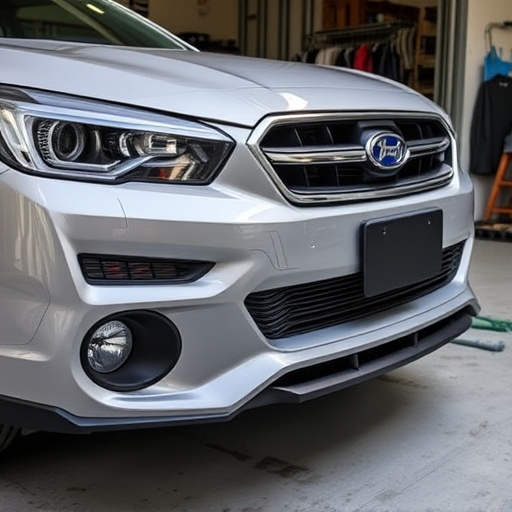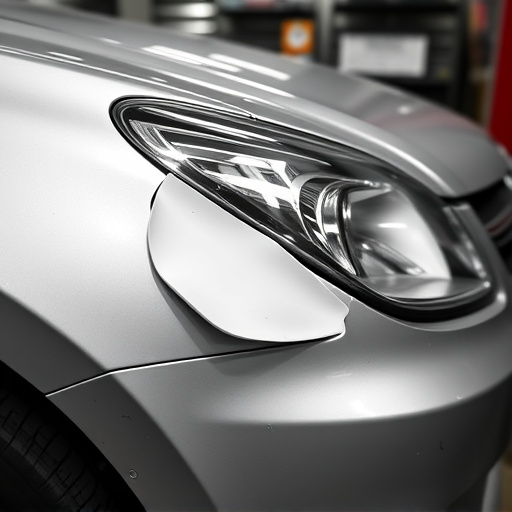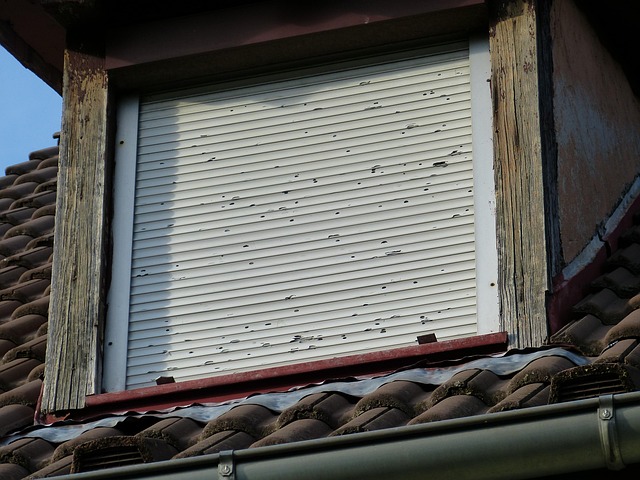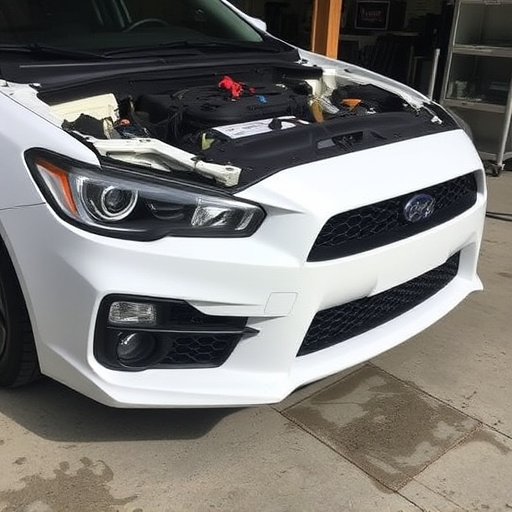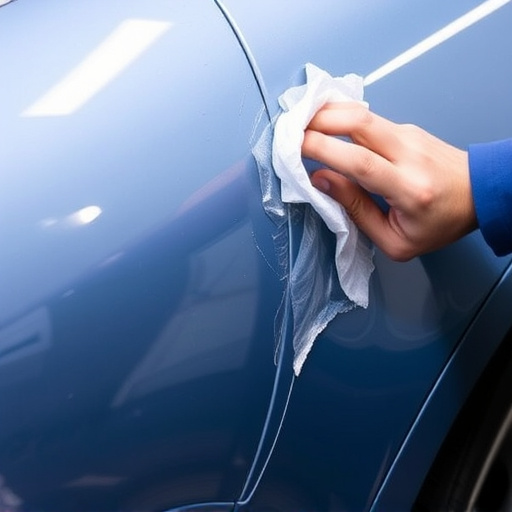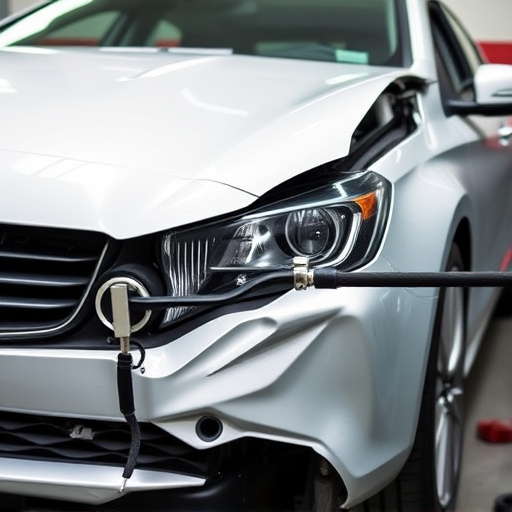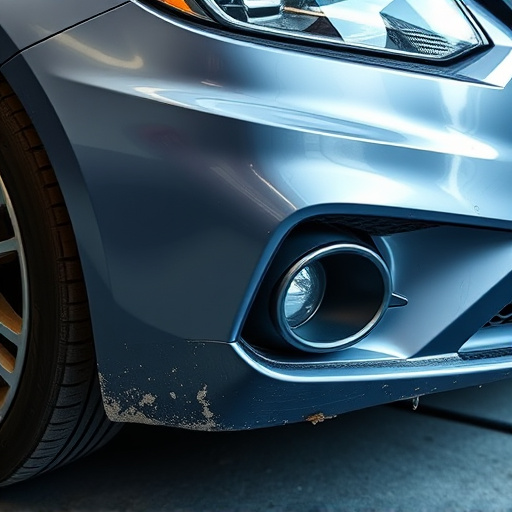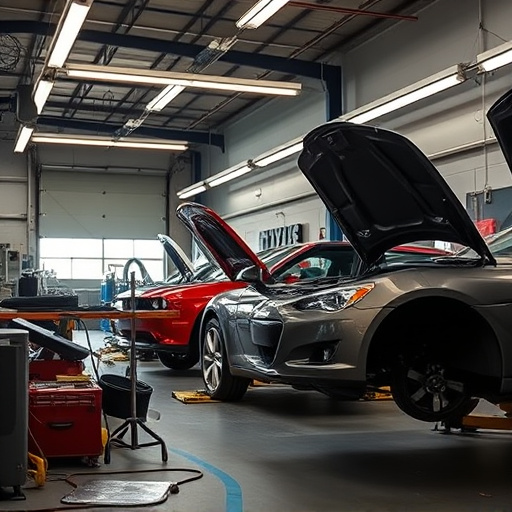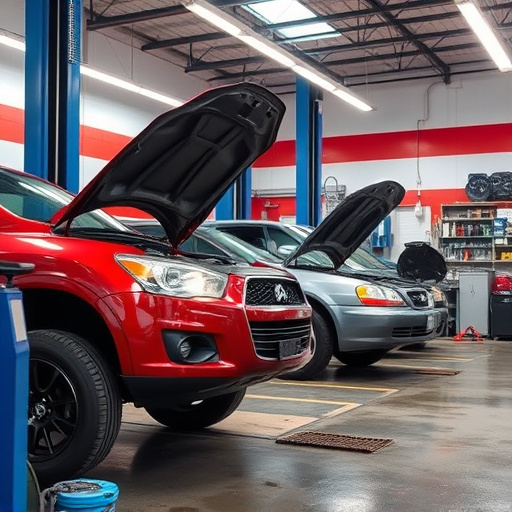Post-car accident, conduct thorough AC system damage assessments for visible parts like condensers and evaporators, electrical connections, and corrosion risks. Verify system integrity with diagnostic tests to ensure safety and optimal performance. Assess overall vehicle condition for interconnected damage. Use specialized equipment and regular maintenance post-repair. Drivers should monitor unusual noises or odors from the AC system.
After a car accident, thorough checks of the AC (air conditioning) system are essential before initiating any collision repair. This article guides you through critical safety measures for your well-being and ensures efficient AC system collision repair. We’ll walk you through assessing damage from the collision, conducting pre-repair safety checks, and post-repair testing guidelines to ensure a safe and reliable air conditioning system.
- Assess AC System Damage from Collision
- Safety Checks Before Repair Initiation
- Post-Repair Testing and Operation Guidelines
Assess AC System Damage from Collision
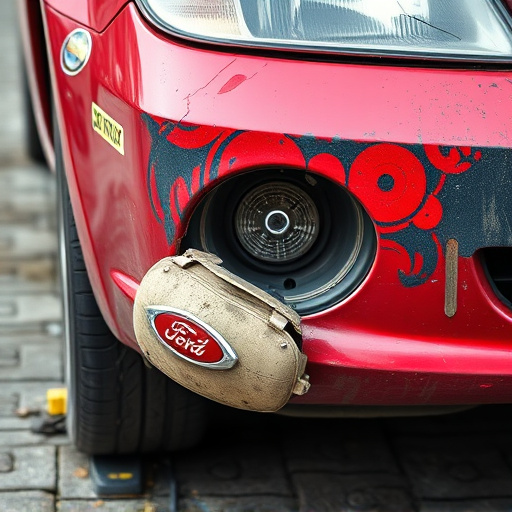
After a car accident, the first step in AC system safety checks is to assess the damage caused by the collision specifically to the air conditioning (AC) components. While many minor fender benders may only leave visible car body repair marks or subtle dents, more severe crashes can lead to significant AC system collisions that require professional Mercedes Benz repair. Inspecting for damaged parts such as condensers, evaporators, and ducts is crucial to ensure the system’s effectiveness and safety. Visible signs of damage include warped metal, dislodged parts, or evidence of leaks from punctured hoses or seals.
In addition to a visual inspection, it’s essential to consider other potential AC system collision repair needs. Crashes can disrupt electrical connections within the system, leading to malfunctions that may not be immediately apparent. Even seemingly insignificant car scratch repairs could expose underlying components to corrosive elements if not addressed properly. Therefore, a thorough diagnostic test should follow initial assessments to identify and rectify any hidden damage, guaranteeing the AC system’s optimal performance and safety after a collision.
Safety Checks Before Repair Initiation
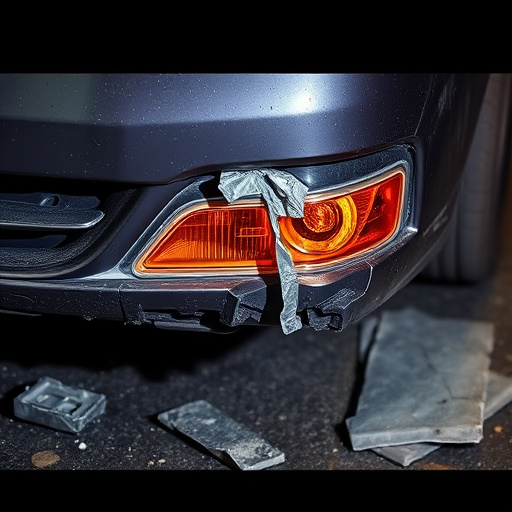
Before initiating any AC system collision repair, it’s crucial to conduct thorough safety checks. These checks are essential to ensure that not only is the air conditioning system safe to work on but also that no other critical components have been compromised. In terms of an AC system collision repair, this involves inspecting for any signs of chemical leaks from refrigerants, which can be harmful if not handled properly. Additionally, checking for proper ventilation and ensuring the area is well-ventilated is vital to prevent inhalation of toxic gases during the repair process.
As previously mentioned, safety should be a top priority in any vehicle body shop, especially when dealing with an AC system. Other aspects like auto glass replacement or tire services might also need attention if they were affected during the collision. In light of this, it’s important to assess the overall condition of the vehicle and make sure all components are safe to work on before proceeding with any repairs, including AC system-related tasks.
Post-Repair Testing and Operation Guidelines

After a car accident, the AC system undergoes collision repair, requiring meticulous testing and operation guidelines to ensure safety and functionality. Once repairs are complete, it’s crucial to verify that all components are in optimal condition before turning on the system. This includes checking for any leaks, loose connections, or damaged parts that could pose a risk. A qualified technician should conduct these tests, utilizing specialized equipment to detect even the smallest issues.
Post-repair, drivers should follow specific operating guidelines. These might include regular maintenance checks, such as cleaning the evaporator coils and replacing filters, to maintain peak performance. Additionally, it’s essential to be mindful of any unusual noises or odors coming from the AC system, as these could indicate further problems that require attention from a car repair shop offering expert bodywork services and fender repairs.
After a car accident, thoroughly evaluating the AC system’s integrity is crucial for both safety and optimal vehicle performance. Conducting comprehensive checks before initiating any repairs ensures that replacement parts are needed and installed correctly. Following post-repair guidelines, including proper testing, guarantees the AC system operates efficiently and safely. When tackling AC system collision repair, prioritizing these steps fosters a seamless restoration of your vehicle’s cooling comfort and reliability.

